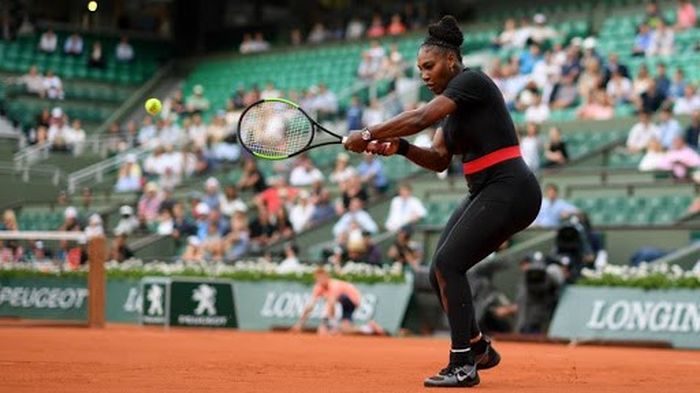Virtual May Bumps: Can they replace the real thing?
Bethan Moss argues that while Virtual Bumps is an impressive feat of organisation, it cannot match the pure chaos and excitement of the real thing.

The Bumps may be one of the strangest traditions of the many which have thrived for hundreds of years at Cambridge, starting as the men’s bumps in 1887. Even Oxford’s Torpids cannot compare to the sheer chaos which descends upon the Cam twice a year as hundreds of rowers use every muscle in their body to catch the boat ahead of them as quickly as possible, ideally without injury.
This May is the first since the second world war that the May Bumps haven’t rounded off a Cambridge exam term, so a group of students have conspired to fill the void their absence has created in the heart of every rower. The organisers of Virtual May Bumps 2020 state on their website that they are striving to create “as accurate a representation as its adrenaline-filled on-water counterpart” as possible, but can bumps be run without coxes? Without bank parties? Without boats?
The rules of the virtual bumps are reassuringly complicated, reflecting the complexity of the rules of the real event, with plenty of blades, charts and fines to go around. Crews of nine run 800m each wherever they can, and report their time to an entry contact, who fills out a form for each day of racing. An average of three different crew member’s time is taken for each third of the virtual course, and then an algorithm calculates which boats have bumped, and how far into the course a bump occurred. There will even be a splattering of the usual notorious CamFM commentary to listen to from lockdown.
It all sounds very impressive, but can it match the real event? We put this very question to Poppy Hill, chair of the Virtual May Bumps 2020 organising committee, who told us “Virtual May Bumps will of course be a very different experience, but we’re hoping that the event will recreate something of the competition, crew experience and (let's be honest) ridiculous fun of bumps!”
"I’ll even miss the violence of the swans."
We also asked her about the charities the event will be raising money for – East Anglia’s Children’s Hospices (EACH) and Cambridge V Covid-19. Hill explained that “Cambridge is the linking factor between competitors and so from the outset we wanted to support Cambridge-based charities … EACH have launched an emergency appeal in response to their losses during the pandemic, and donations will help them continue to provide care and support to children and young people through these difficult times and beyond.”
The elephant in the room is that running and rowing are two completely different sports – despite what your club’s Strava leaderboard might lead you to believe. The main similarity between the two is that both sports primarily use leg muscles, but not every rower is a runner. For example, I am mediocre at rowing, but abysmal at running.
Running on your own can never match the feeling of rowing as a crew. As someone who has never erged enough to frequent any place other than the lower divisions of Lents and Mays, I’ll miss the complete and utter chaos of the lower boats. I’ll miss the palpable sense of mutual fear in the boat in those final seconds before the canon. I’ll miss the drama of seats getting stuck and crabs getting caught mid-race. I’ll miss crying out for greenery after a successful bump and cycling back to college in first gear after a painful row-over. I’ll even miss the violence of the swans.
The online event has undoubtably been an impressive feat of organising, with a committee of 9, and 3 divisions in which 83 crews will compete. From the 24th-27th of June, hundreds will compete in a new form of May Bumps. It won’t be the same: the rowers of Cambridge will greatly miss the week of adrenaline and boat-club-bonding on the river which no algorithm can truly replicate.
 News / Downing investigates ‘mysterious’ underground burial vault 29 December 2025
News / Downing investigates ‘mysterious’ underground burial vault 29 December 2025 News / Unions protest handling of redundancies at Epidemiology Unit30 December 2025
News / Unions protest handling of redundancies at Epidemiology Unit30 December 2025 Lifestyle / Ask Auntie Alice29 December 2025
Lifestyle / Ask Auntie Alice29 December 2025 Features / ‘Treated like we’re incompetent’: ents officers on college micromanagement30 December 2025
Features / ‘Treated like we’re incompetent’: ents officers on college micromanagement30 December 2025 Science / Astronomical events to look out for over the break29 December 2025
Science / Astronomical events to look out for over the break29 December 2025











